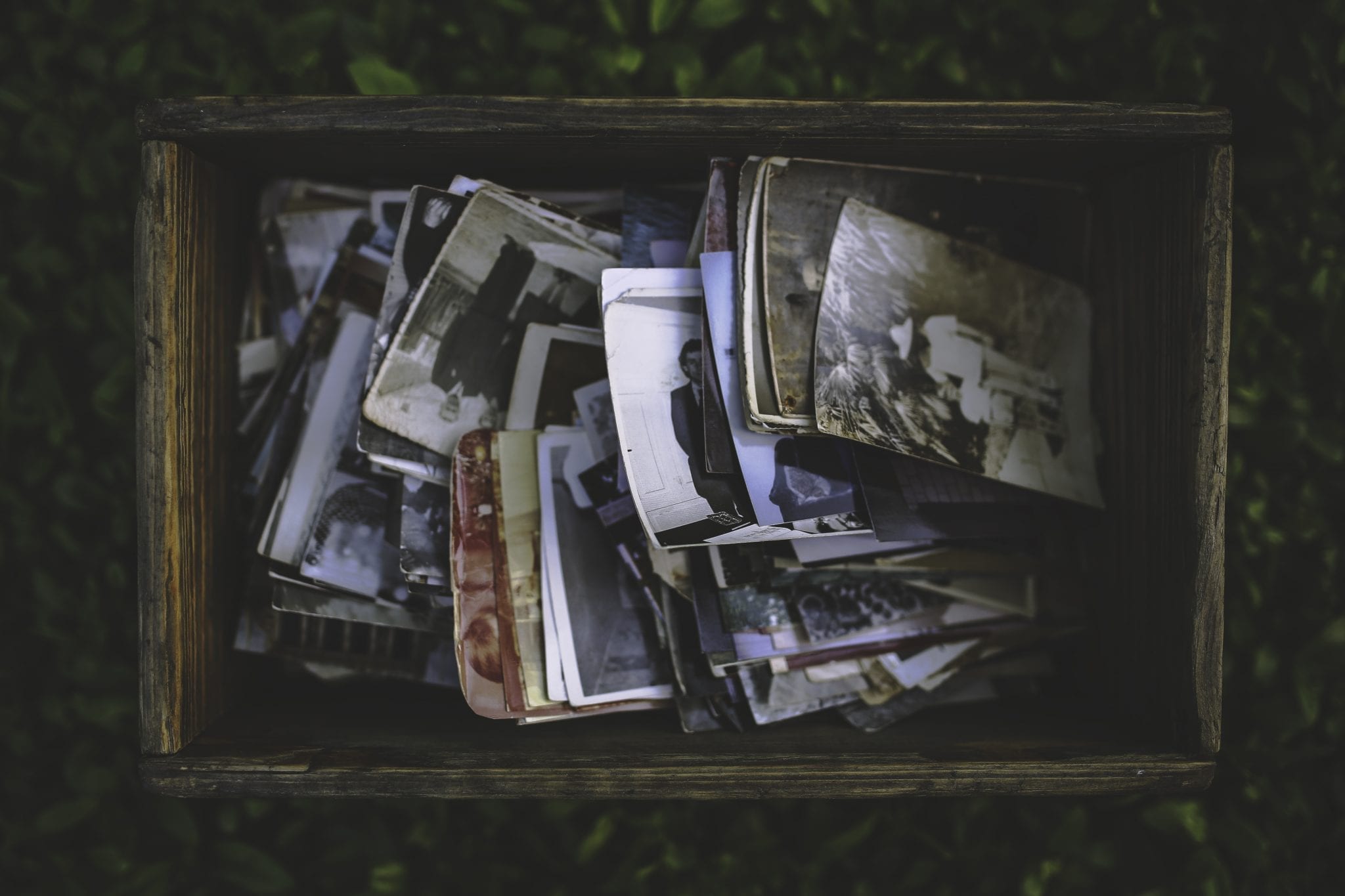On Episode 70 of The Edge of Innovation, we’re talking with photographer Al Pereira about what it takes to be a great photographer and the permanence of pictures in today’s digital world.

Hacking the Future of Business!

On Episode 70 of The Edge of Innovation, we’re talking with photographer Al Pereira about what it takes to be a great photographer and the permanence of pictures in today’s digital world.

On episode 69 of The Edge of Innovation, we’re talking with photographer Al Pereira about what it’s like to be a freelance photographer and run a photography store.